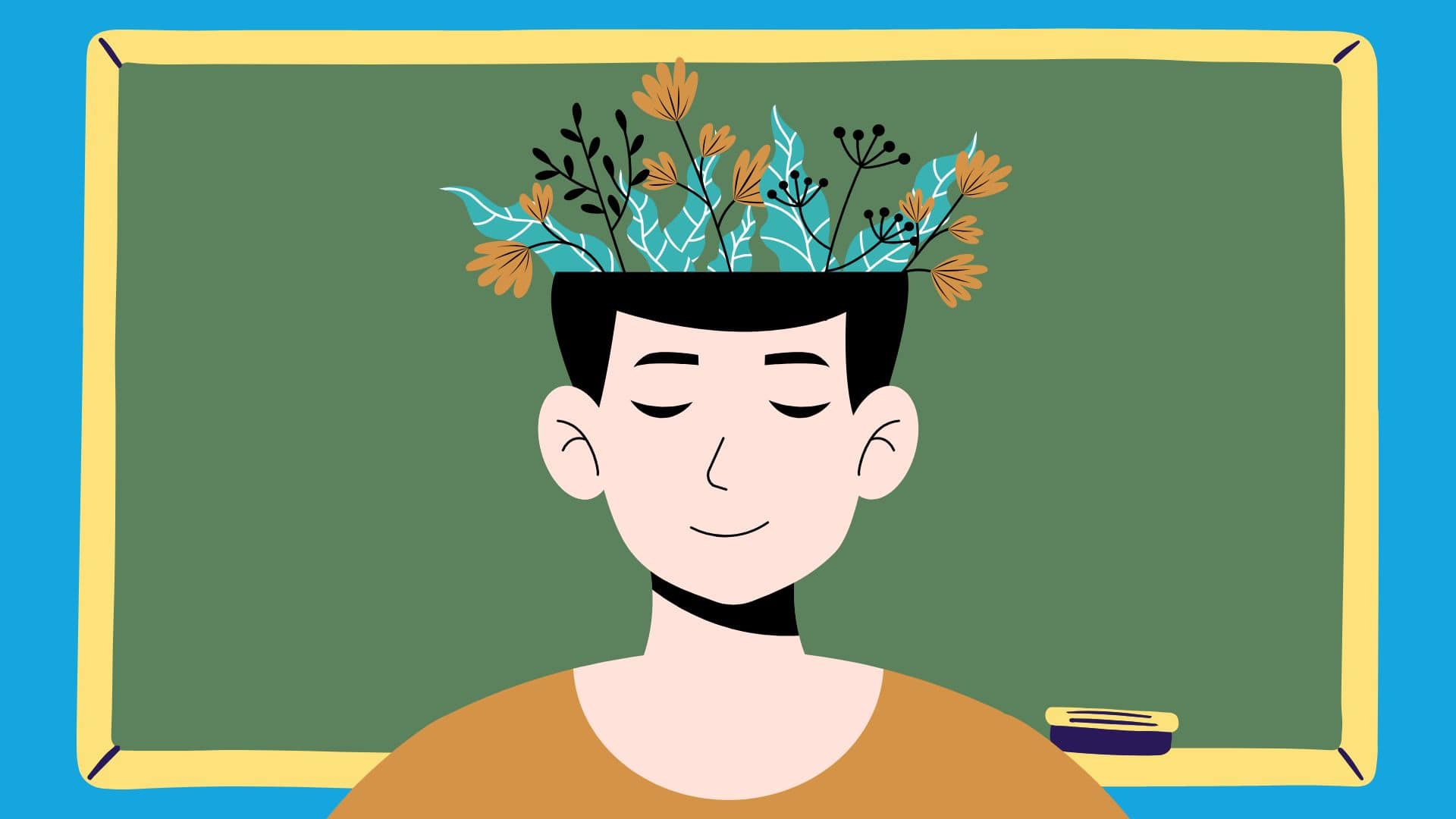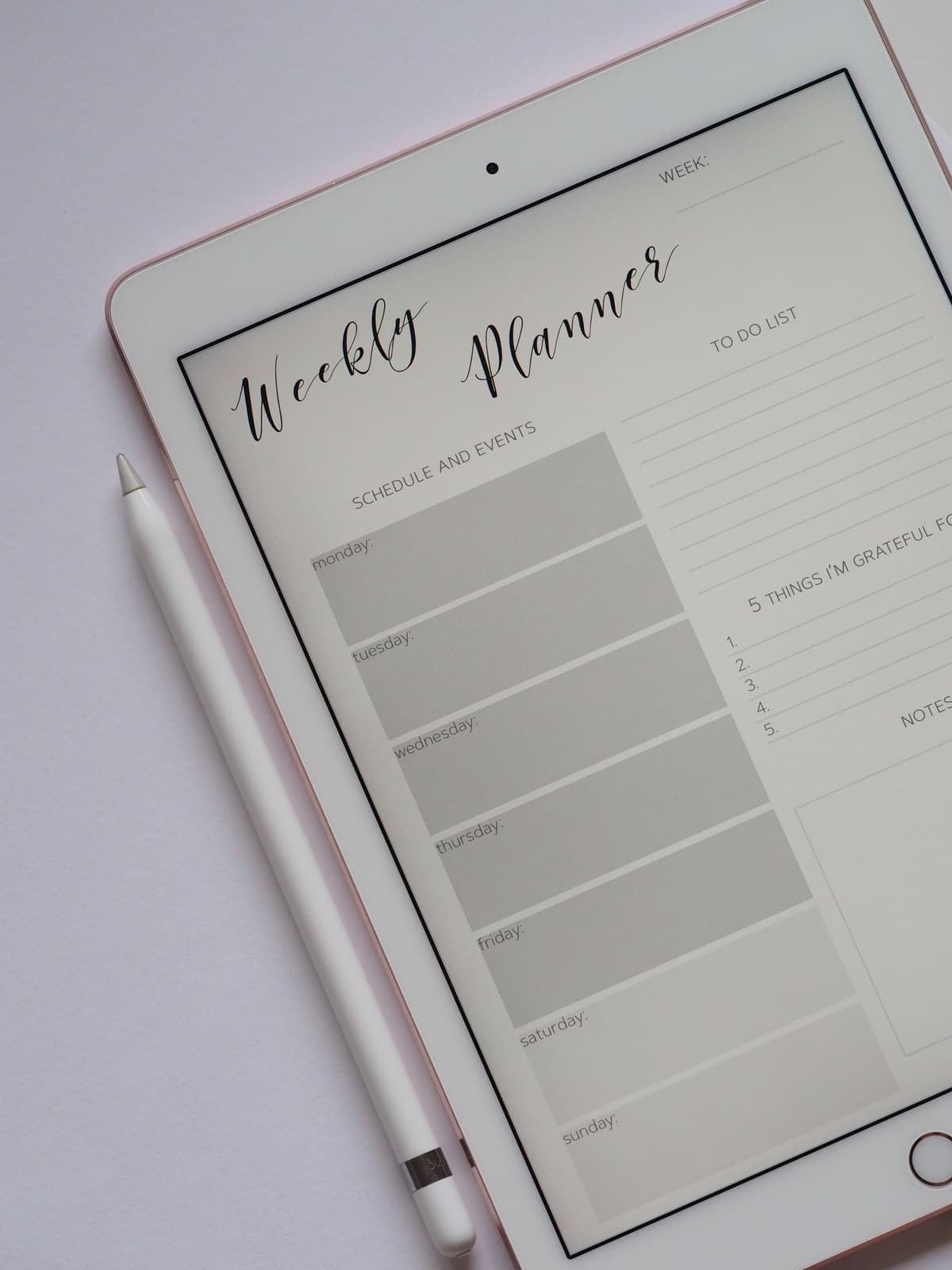
In any line of work, something that has rightfully become more of a priority is your mental health. Being a teacher can require you to handle many stressful situations, whether they be from students, parents, or other faculty. Here are a few self care ideas for teachers and words of encouragement to help you maintain good mental health in your teaching role. Your mental health matters and you should never feel guilty for taking the time and space to improve it.

Between the responsibilities teachers have towards their students and the additional tasks of being an educator, your schedule can quickly become overwhelming. To balance your schedule and make time for yourself, it’s important to set boundaries from the start.
Boundaries are like having a contract with yourself that sets standards for your needs in order to maintain your well-being. The Thriving Center of Psychology highlights in their article, that “boundaries are the rules and decisions individuals use to protect themselves.” The reason for creating boundaries with your schedule is so that when situations arise, you are more likely to maintain a schedule that promotes your well-being, rather than if you are constantly deciding what to do in the moment. This isn’t saying to not do any work or to put all obligations on the back burner. Instead, it’s recognizing the importance of balancing your schedule to avoid burnout. Here are some specific ways you can set boundaries around your schedule:
One way to set boundaries is by setting up office hours and sticking to them. If you teach students that are too young to attend themselves, consider setting up these office hours for their parents to use instead. Office hours prevent people from asking for your time randomly, which can be very distracting and lead to a crowded and chaotic schedule. In order for the office hours to be effective, it is important that you maintain that boundary and don’t make it a habit to oblige students or parents that request your time outside of those hours.
Add specific blocks of time to your schedule for any tasks you have to complete outside of teaching your classes. For email, many find it productive to have one block in the morning and one in the evening where you respond to any new emails that have come in. By doing so, you’ll address the ‘always on’ nature of your email inbox, which will reduce stress and also make it clear to others that you shouldn’t be expected to answer everything instantaneously. This tactic also works for grading. Either schedule time every day for grading, perhaps during a free period, or schedule blocks for grading once or twice a week after hours. These strategies will reduce the negative feeling of a task looming over you and also help prevent procrastination.
Set clear expectations for your students, parents, and other faculty about when you are working and when you are not. Your job is essential, but you do not need to be available 24/7 to answer every beck and call. You deserve to have time to turn off and live your own life, just like every other profession. It is rare that something is so urgent (i.e. an actual emergency) that it cannot be handled the next school day or work day.
While students, parents, and even colleagues may try to override your boundaries due to their own sense of urgency, that does not mean you need to let them. In those instances, you patiently and politely reiterate your boundaries. It will be difficult at times, but if you stand firm, it will get easier as time goes on and people will become accustomed to your boundaries. By maintaining your scheduling boundaries, you will reduce the likelihood of burnout and enjoy a healthier work-life balance.

Another way to prioritize your self-care and mental health as a teacher is to build intentional control. Intentional control can be understood as becoming more mindful of your actions to prioritize tasks that will better yourself. In the education system, you can work this into your lives by first taking control of your schedule and in turn taking control over your mental health:
First, when building your schedule, try to utilize a calendar to stay organized on your tasks and to refrain from getting overwhelmed. One great option to use when creating a calendar as a teacher is Google Calendar. Once you are working to create your schedule, you must focus on your own tasks along with setting time for yourself each day. This all relates back to setting boundaries. When you begin to bite off more than you can chew, that is when you run the risk of burnout.
Working to maintain intentional control and set boundaries can aid in managing your stress levels. In their medically reviewed article, the Recovery Village writes how “73 percent of people have stress that impacts their mental health.” To take control of your mental health and reduce stress, build meaningful and intentional time into your schedule to better yourself each day. While you may be standing in the classroom all day, provide yourself with mindful movements for mind and body. An example of this can be to set up a time to move your body intentionally.
At the end of the day, try to let go of what you cannot control. This is easier said than done, but worth trying. When you try to control absolutely everything, you are only contributing to those increased stress levels. To let go of what is out of reach, start by focusing on tasks that you can and should control. These are things such as talking walks, journaling, or even concentrating on aspects of work that are your responsibility. By doing this, you will be working on tasks that you can control in addition to occupying yourself to distract from stressors. When creating tasks, be intentional about why you are making them and who you are making them for. Become more aware of whether these tasks are within reach. Focus on the impact it will have on you and your mental health.

Parents, faculty, and students can be difficult and create situations like bullying or controversy over course material, etc. To maintain your mental health, it’s important to do your best to not take these things personally and move on from them. While this may be easier said than done, here are a few examples to combat that:
These situations are often not as much about you as they are about the agenda of the other person. This is very common between a parent and a student. Many parents, especially with children in high school, can become very tough towards their child’s education. In other words, while the parent generally just wants the best for their child’s education as they approach college applications, some parents end up placing far too much pressure on the student. To try to help the student move on from this difficult situation, it can be helpful for you to guide the student into being honest with the parent. If you see this happening, try to encourage the student to have a conversation with their parents and explain how they feel. An example can be saying that you know your parents have your best intention at heart, but their method of delivery is not working to improve your academic performance.
Sometimes, tough situations just happen that you have no control over. This can be shown through an argument between students. As a teacher, sometimes kids just don’t get along. If you see students being mean to each other, try to speak to them to manage the situation. If this is a situation that is unable to be solved in the classroom, bring it to the attention of the parents. However, if the situation is not harmful or a disturbance, it is at times best to just let it go. Sometimes a couple of students simply don’t want to be friends, sometimes that is just okay. If there is nothing you can do about it, you will just be taking time out of your day for no results.
And while situations involving other faculty members or administrators can be the most daunting, remember that they likely have their own agendas as well. More times than not, if a colleague is starting a situation with you over little motive, it is likely that they are just releasing their stress onto you. With this in mind, if the argument or situation is minor and manageable, try to do so efficiently so everyone can go about their day. The best thing to do in this situation is to simply move past it. Don’t make the small things into big things, and try not to hold grudges. This will only add to your stress levels.
This all goes back to your intentional control. There are simply some difficult situations where a solution is out of your reach. Trying to exert control when there is nothing you can do, will only work to build stress and hinder your mental health.
Remember, it is okay to put yourself first. It is not selfish to build a schedule that works for your needs. You are still able to devote time to helping your students and your colleagues while also being able to better yourself. At the end of the day, you can’t help others if you don’t first help yourself. Work to be intentional about the tasks you set for yourself and what you choose to control. Through each task, ask yourself who you are doing it for. Between those tasks, ensure you build time for yourself. Your well-being matters and will only help you bring your very best to your profession.